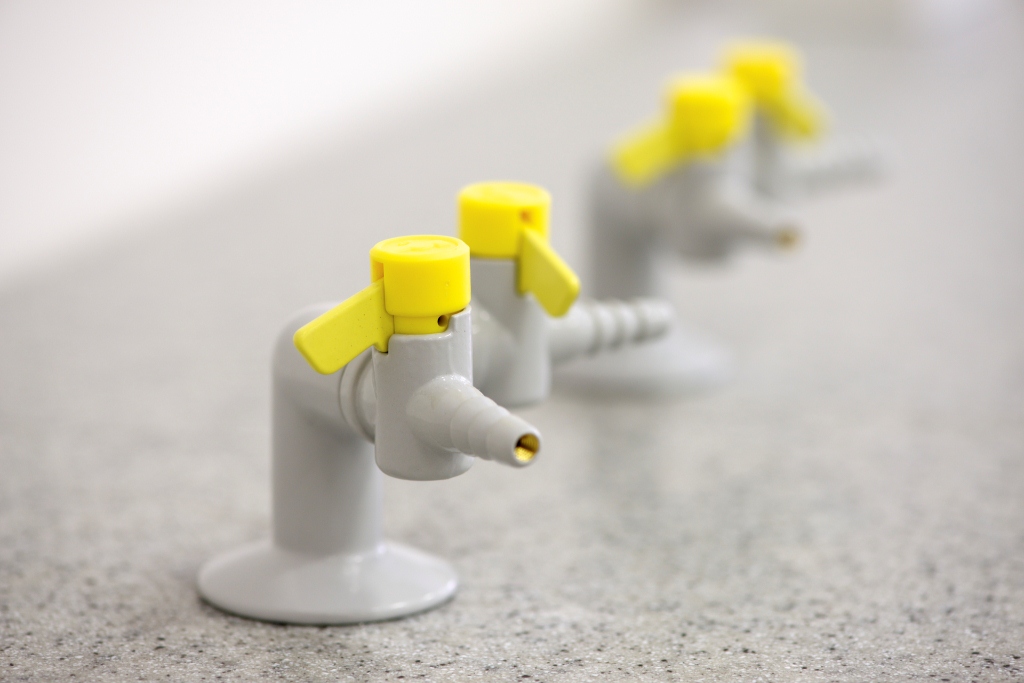Commencing a school science laboratory refurbishment is no small task, and should never be taken on single-handedly by a bursar or school business manager. A project like a science laboratory new build or refurbishment needs to have close input from your school’s science department. Liaise with your head of department, teachers and technicians to make sure that the solution you install is going to work.
We’ve compiled a list of seven things that you will need to pay special attention to when redesigning your school’s laboratory:
Purpose:
How is the space is going to be used after the laboratory refurbishment? Consider all of the different teaching styles that will need to be accommodated within that room. Also pay attention to which of the science subjects are going to be taught there, how many students the space will need to accommodate at any given time, and whether the furniture needs to be able to be reconfigured or moved into different formations.
Making the space multi-functional is also key.
Storage:
Ensure that you have enough storage. Maximise the space in your science laboratory by ensuring that your storage is neat and efficient. Review what you have in your storage, and analyse whether or not it needs to be kept.
Health and Safety:Labs can be dangerous places. Pay close attention to the Health and Safety within your science laboratory refurbishment. Do you have the necessary chemical or fire procedures and equipment in place?
Lighting:
The lighting in your space needs to be of good quality, and easily controllable. Considering dimmable lighting, and the ability to use blackout when the need arises is also important.Services:
Consider the availability and requirement for services. Gas, water and electricity are all important in science laboratories, alongside other facilities such as fume cupboards.Design:Using colour or relevant wall graphics can help to make the room feel more inspirational. Printed wall graphics such as the periodic table can also double up as useful teaching aids. Enhancing the look and feel of the space during your laboratory refurbishment will help to motivate students, improves behaviour and decreases vandalism.
Preparation Facilities:
Ensure that you have adequate Preparation facilities. This includes safe chemical and equipment storage. Pay special attention to hand and equipment washing requirements, storage of sensitive or fragile equipment and lighting.How can we help you? If you have any questions about your new science laboratory, then please call us on 020 8997 9656 for a conversation.
One of our experienced advisors can guide you through the project on the phone, or pay a visit to the school to make sure that you have considered everything



